Connect the Dots

The following is a guest post from our latest Fatty candidate. She will be submitting two original posts and one guest post, then we will vote on her inclusion. Enjoy!
Remember Connect the Dots? When I was little, C.T.D. opportunities were rare. If you were lucky enough to be eating at a diner that had kids’ meals, sometimes there were Connect the Dots pictures on your place mat. They gave you a tiny box of four very waxy crayons and while waiting EONS for your chocolate chip pancakes to arrive, you could happily Connect the Dots; eager to see the picture that emerged when you finished.
Coloring books also had C.T.D. opportunities interspersed throughout the pages. They were rare treasures for me because I hated coloring books. I was one of those kids that despite my best efforts NEVER stayed inside the lines. I dutifully sharpened my Crayolas™ in the sharpener provided. I tried starting from the inside of the picture and drawing outwardly, and vice versa, but to no avail. Without exception, I strayed outside of the lines and my picture was ruined! Coloring books (like dieting) are all or nothing propositions. One line crossed, one smudge, one wrong move…an entire piece…ruined. If I was coloring with other kids, it was even worse. They teased, taunted and flaunted their perfect pages. I was not only outside the lines in the coloring book picture, but outside of the group who were “Good Colorers.”
But Connect the Dots? There was an oasis of competency. I could count from 1-50 consecutively easily enough. The connecting lines didn’t need to be straight. There was a huuuuuuge margin of error, and coloring in the finished picture was optional. In fact you didn’t even know what the finished picture was until you had connected the last two dots on the page. Failure Free; My kind of art activity!
Whenever I am asked to introduce myself or reflect on how I became the person I am today I think of Connect the Dots. The fact that I would choose a game/playful activity as a metaphor for life is not a surprise. I am, amongst many labels, a Certified Recreation Therapist.
For those of you that don’t know, a Recreation Therapist is a clinician who uses play, games, and artistic modalities in conjunction with verbal processing to help clients regain and discover (or re-discover) their quality of life and improve functioning in social, emotional, physical and cognitive domains. Of course when I first stumbled across Recreation Therapy as a field, I giggled at the thought that she must be someone who helps people drink, get high, and goof around. My parents were not thrilled either. They warned me that no one would take me seriously, and strongly suggested that I become a “real” therapist. Once again I was being asked to stay inside the lines when in fact I was playing Connect the Dots. No one in the field of Recreation Therapy wakes up one morning in their youth and announces, I want to be an R.T. It is typically a circuitous route that brings most of us to the field. I was no exception.
When I was 17, I was hired for my first job at a summer camp for “Special Needs” children. They needed a Music and Drama Counselor. I had been studying theater at The Neighborhood Playhouse in New York City and I played guitar. It was the early 1970’s and although I knew I was too fat to be taken seriously as a folk singer, I sat in my room for hours, learning chords and fantasizing that I was Joni Mitchell. I was hired and spent the next seven summers working/playing with kids of every size, shape and disability using theater and music as a way of helping them navigate through their worlds. Worlds inhabited by bullies and barriers that forced them to identify themselves based on their disabilities rather than feeling good about what their abilities were. Sadly, what was clear to me, even there, in this “Emerald City” for kids that did not fit inside the lines, was that the kids that were “too” fat or “too” skinny, were penalized more than anyone else. It was a discrimination that was never addressed in any staff trainings and was so subconsciously interwoven in the fabric of the cultural norm that it was never questioned by anyone.
Without turning this introductory post into my autobiography, let me summarize a bit. From my camp job, as I followed one dot to the next, I managed to accumulate two years of training as an Art Therapist at College of Notre Dame, a BA in Theater (Special Education minor) from University of New Hampshire, two Masters Degrees in Creative Arts and Recreation Therapy from San Francisco State University and a Doctorate in Education from University of San Francisco. I also co-wrote and performed in an Off-Broadway Play about fat women and self-acceptance and became a member of Actors Equity Association.
But what my list of “credentials” doesn’t illustrate is how my life as a fat kid, teen, and young adult consistently influenced my life. It was excruciating growing up as a person who didn’t stay within the lines in an environment where the media and culture I lived in demanded that I effortlessly squeeze into an impossibly narrow definition of beauty. The discrimination and criticism that bombarded me throughout my life wound up shaping my life. It became part of the line that connected me from dot to dot. It made me an activist, author, therapist, teacher and actress. And while I may be credentialed to teach a wide variety of subjects and use a full palette of therapeutic modalities, I never pass up an opportunity to educate people about the detrimental outcomes of size discrimination and the deleterious effects of dieting on a person’s physical health and emotional well being.
I suppose someone reading this might say, “See what didn’t kill you made you stronger.”
But honestly, I don’t believe that one needs to be abused to find their calling or to have a positive sense of self inside and out. There are healthier ways to achieve personal and career goals. And there is enough room in this world for people that can color inside the lines, people that prefer connecting the dots and everyone in between. I have no idea what my finished picture will look like, and of course I have no clue how many dots I have left to connect. But for me the fun is in the finding and connecting.
Oh, I never told you my name. It’s Dr. Deah Schwartz and one of my dots can be found at Leftovers To Go.
A pleasure to meet all of you.
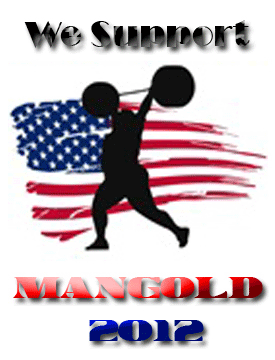

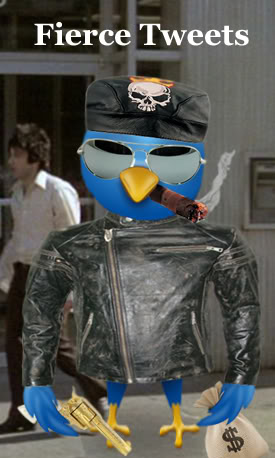
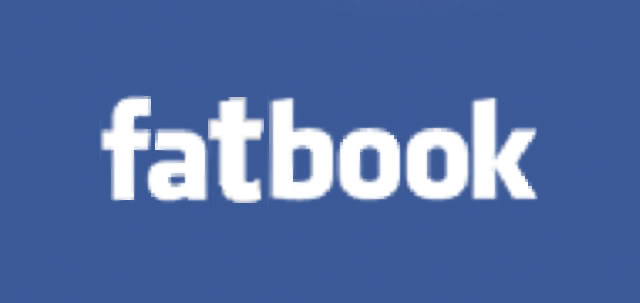
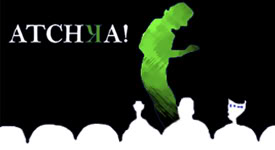
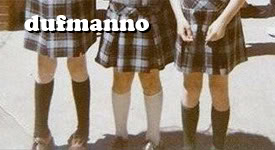
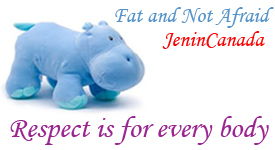
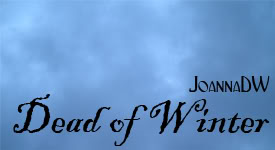
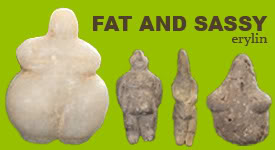
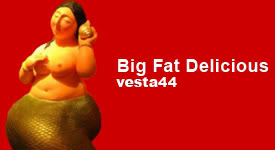

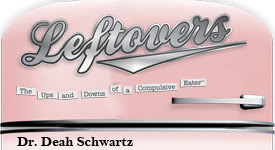
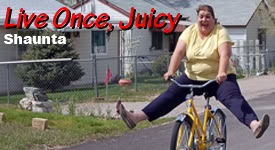
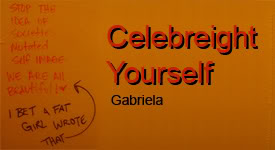
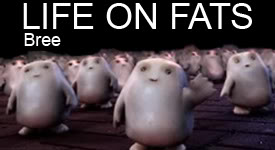
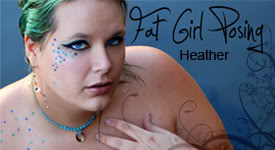
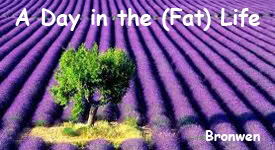
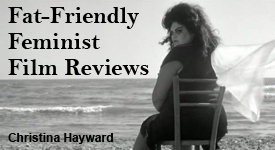
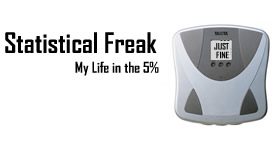
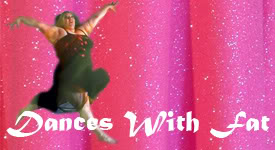
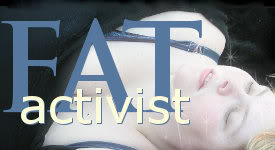
welcome! yay theater! yay special needs kids! (i work with mrdd population myself running residental group homes) glad for another voice on board!
I used to do something similar Erylin… (working with MRDD adults, but they had their own homes or apartments, not a residential group). I loved that job!
Peace,
Shannon
I loved connect the dots, and I never could stay inside the lines either. One of my “friends” in elementary school admonished my coloring as “sloppy” because of this. And when I was five years old my mother told me I ruined a coloring book picture because I colored it all blue.
I didn’t start thinking myself fat until I was twelve and developed hips. Then, although I only weighed 113 pounds at about 5’2″ tall, I believed myself to be fat and have fought with eating disorders ever since. I am now about 5’6″ tall and actually am fat and have learned one thing-being thin doesn’t make you like yourself. I don’t know if I’ll ever learn to do that. I hated myself when I was thin and perceived myself as fat, but now that I actually am fat I don’t hate myself for that-I hate myself for other issues that I have with myself. It’s a strange thing.
Excellent introduction. And what an incredible resume… I worked at a similar camp for MRDD adults and loved it. Later, I went to work in the field, assisting MRDD adults who were not capable of working in competitive employment, yet too high functioning for sheltered workshops. So we helped them create their own businesses (some recycled cans, some recycled ink cartridges, and one sold gently used and donated medical equipment). It would have been a lifelong vocation if I could have turned it into a sustainable career (advancing up the ranks meant spending less and less time with the people we were helping).
Anyway, I love the contrast between coloring and CTD. I remember the frustration of trying to color in the lines and CTD was definitely the superior alternative for me. But I would often just sit and doodle my own pictures or stories or designs… they weren’t attractive or artistic in the least, but they satisfied my urge to create.
So, can anyone use RT as a form of therapy? Or is it primarly for certain psychological or physical conditions? Would any game be an acceptable form of therapy or does it have to have a specific kind of benefit to it?
Anyway, great introduction, I look forward to your other contributions!
Peace,
Shannon
Thanks so much for the feedback Shannon! RE: RT it is used with just about every age group, physical and or psychological condition. A trained RT learns how to adapt games for people with all levels of abilities and for all kinds of goals for healing. Some of the original roots of RT were when the soldiers came home wounded from the World War and were depressed and adjusting to profound physical disabilities. The Recreation Therapists worked with them in the VA hospitals to help them deal with PTSD and reintegration into the community.